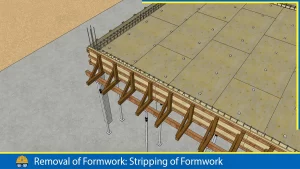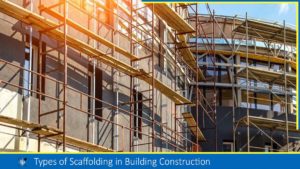Valuation involves the process of estimating or determining the fair price or worth of various types of properties, including buildings, factories, engineering structures, land, and more. Through valuation, the present value of a property is established. This present value can be determined based on factors such as its potential selling price or the income or rent it could generate.
The value of a property can be influenced by multiple factors, including its structural integrity, expected lifespan, maintenance history, location, prevailing bank interest rates, legal regulations, and more. Additionally, supply and demand dynamics play a significant role in determining value, as does the specific purpose for which the valuation is being conducted.
Purpose of Valuation
The main purpose of valuation is as follows:
- Real Estate Transactions: A property or building valuation is essential for buyers and sellers in real estate transactions. It helps sellers determine the appropriate selling price based on the property’s market value and assists buyers in making informed decisions about the fair value of the property.
- Taxation: Government authorities use building valuation to determine property taxes. The assessed value of the building often influences the amount of property tax owners must pay.
- Rent fixation: In order to fix the rent of the property or building, valuation is required. Rent is usually fixed on a certain percentage of the amount of valuation (6% to 10% of the valuation).
- Mortgage or Security of loans: When a loan is taken against the security of the property, its valuation is required.
- Compulsory acquisition: When a property is taken by law, compensation is paid to the owner. To determine the amount of compensation valuation of the property is required.
- Legal Purposes: Building valuation may be required for legal proceedings such as divorce settlements, inheritance disputes, or eminent domain cases. Valuation provides an independent assessment of the property’s value, which can help in resolving conflicts.
Method of Valuations
The following are the methods of valuation:
- Rental method of valuation
- Direct comparison with capital value
- Valuation based on profit
- Valuation based on cost
- Development method of valuation
- Depreciation method of valuation
Also, read: Carpet Area, Built-Up Area and Super Built-Up Area: 3-Primary Terms for Real EstateAlso, read:
Depreciation
Depreciation refers to the gradual decline in the usefulness or value of a property over time. It can be defined as the decrease or loss in the value of a property attributed to factors such as structural deterioration, usage, lifespan, wear and tear, decay, and obsolescence.
Method of Calculating Depreciation
There are several ways to calculate the depreciation as follows:
- Straight line method;
- Constant percentage method;
- Sinking fund method, and
- Quantity survey method.
1. Straight Line Method
In this method, it is presumed that the property depreciates by a consistent amount each year. A fixed portion of the initial cost is subtracted annually, ensuring that by the end of its utility period, only the scrap value remains.
\( \;D_a=\frac{C_o-S}n \)
where,
\( D_a \) is annual depreciation;
\( C_o \) is original cost;
\( S \) is scrap value, and
\( n \) is life or age of the property.
2. Constant Percentage Method
In contrast to the straight-line method, this approach assumes that the property will depreciate by a consistent percentage of its initial value at the outset of each year.
\( \;D_a=1-\left(\frac SC\right)^\frac1n \)
where,
\( D_a \) is annual depreciation;
\( C_o \) is original cost;
\( S \) is scrap value, and
\( n \) is life or age of the property.
The value of the property of the depreciated cost at the end of the first year, = \( C-DC \) =\( C_1 \)
The value of the property of the depreciated cost at the end of the second year, = \( C_1-DC_2 \) and so on
The value of the property of the depreciated cost at the end of the end of m years, = \(C\left(\frac SC\right)^\frac mn \)
The formula will fail when \( S = 0 \). When the ratio \( \frac SC\) is very small, the depreciation for the first year will be considerable.
3. Sinking Fund Method
In this method, the property’s depreciation is calculated as the sum of the annual sinking fund and the interest accrued on that fund for the given year. This interest is assumed to be earned by investing the sinking fund in interest-bearing investments. If \( A \) is the annual fund and \(b, c, d, etc. \), represents interest on the Sinking fund for subsequent years, and \( C \) = total original cost, then-
| At the end of | Depreciation for the year | Total Depreciation | Book Value |
|---|---|---|---|
| 1st year | \( A \) | \( A \) | \( C-A \) |
| 2nd year | \( A+b \) | \( 2A+b \) | \( C (2A-b \) |
| 3rd year | \( A+c \) | \( 2A+b+c \) | \( C (3A-b+c \) |
| 4th year | \( A+d \) | \( 2A+b+c+d \) | \( C (4A-b+c+d \) |
| So on ………… |
4. Quantity Survey Method
This method involves conducting a comprehensive analysis of factors such as the property’s lifespan, wear and tear, decay, obsolescence, and more to determine its loss in value. Each step of the process is grounded in logic rather than relying on a fixed percentage of the property’s cost. Only experienced valuers can accurately assess the amount of depreciation and calculate the present value of a property using this method.
Also, read: 5- Types Of Estimates in Construction Projects
![]()








